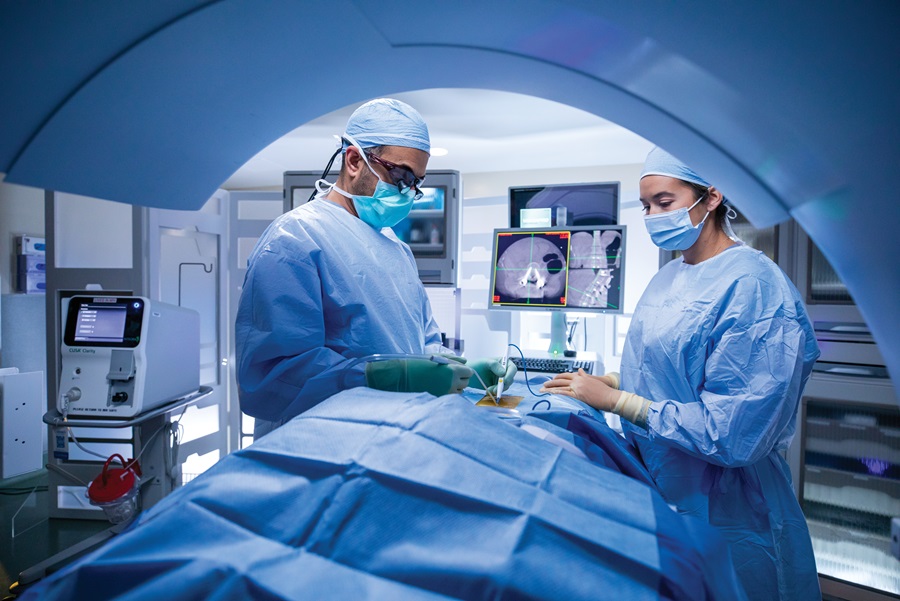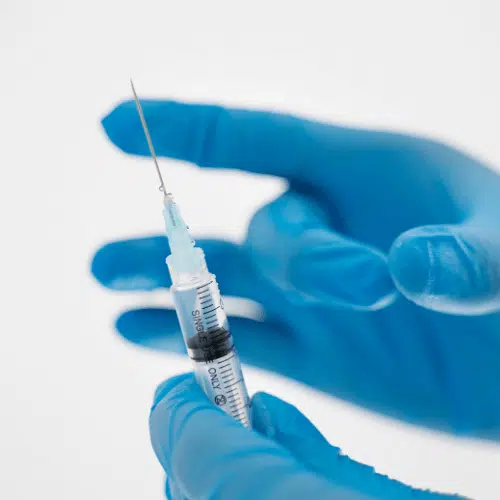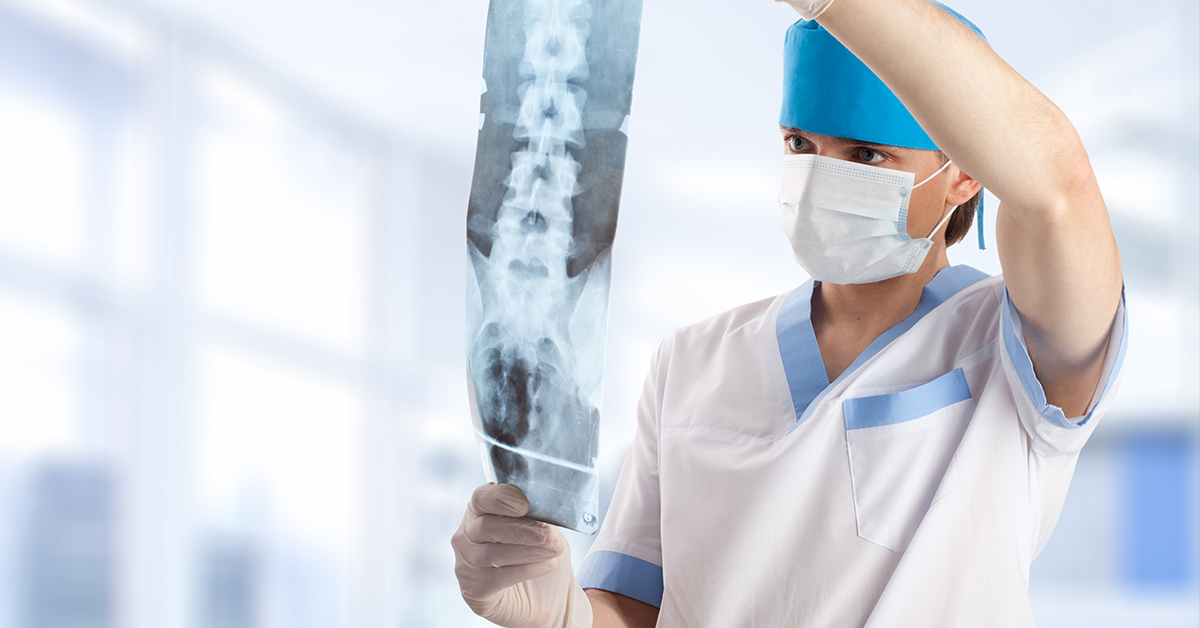Networking with the Best Spine Surgeons in St Louis MO for Comprehensive Treatment
Networking with the Best Spine Surgeons in St Louis MO for Comprehensive Treatment
Blog Article
A Review of Spine Conditions That Commonly Result in Surgical Therapies
When conservative therapies stop working to alleviate consistent signs and symptoms,Spine problems such as herniated discs, back constriction, and degenerative disc condition frequently necessitate surgical interventions. These conditions not only bring about significant pain but can additionally significantly impair everyday functioning and general lifestyle. Comprehending the subtleties of each problem and the corresponding medical choices, such as discectomy or spinal fusion, is essential for effective administration. As we explore these conditions further, it comes to be noticeable that the decision-making procedure surrounding surgical therapy is diverse and warrants cautious consideration.
Herniated Discs
Although several individuals with herniated discs might discover alleviation through conventional treatments, surgical procedure ends up being a necessary factor to consider when signs intensify or linger - best spine surgeons in st louis mo. A herniated disc occurs when the soft inner gel of a spine disc sticks out with its external layer, potentially leading and compressing nearby nerves to discomfort, pins and needles, or weak point in the extremities
Conservative monitoring usually includes physical therapy, discomfort medications, and corticosteroid injections, which intend to reduce inflammation and boost function. Nonetheless, in cases where these techniques fall short to ease devastating signs, medical options may be discovered.
The most usual surgery for herniated discs is a discectomy, which includes the elimination of the herniated part of the disc to alleviate stress on the affected nerve origin. In more serious cases, spine fusion may be essential to stabilize the impacted vertebrae.
Patients are suggested to talk about the prospective risks and benefits of surgical treatment with their medical care service provider to make a notified decision. Inevitably, the objective of any type of surgical treatment is to bring back function, alleviate discomfort, and improve general lifestyle for people dealing with herniated discs.
Back Constriction
Back constriction happens when the areas within the spine narrow, resulting in increased pressure on the spine and nerves. This problem can establish in various regions of the back, consisting of the cervical and back areas, typically because of age-related modifications, such as degenerative disc illness, arthritis, or thickening of tendons.
People with back stenosis may present with signs and symptoms that consist of pain, pins and needles, tingling, or weak point, mostly in the legs or arms. These symptoms can be aggravated by tasks that involve standing or strolling, commonly leading individuals to look for alleviation through traditional therapies like physical therapy, drugs, or epidural steroid injections.
Nevertheless, when these non-surgical treatments fail to offer ample relief, surgical alternatives might be thought about. Usual medical procedures for spine constriction consist of laminectomy, which involves the removal of part of the vertebra to alleviate pressure, and spine combination, which maintains the affected area.
Spondylolisthesis
Spondylolisthesis happens when one vertebra slides onward over an additional, leading to misalignment of the spinal column. This problem can arise from numerous factors, including hereditary issues, trauma, or degenerative changes in the spinal column. It is most generally observed in the back area, particularly at the L4-L5 and L5-S1 levels.

When non-surgical techniques fail to eliminate signs or when considerable nerve compression is existing, medical treatment may be warranted. Surgical choices can include back fusion or decompression treatments, intended at restoring placement and minimizing neurological signs and symptoms.
Degenerative Disc Illness

The condition can be identified through a mix of scientific analysis, imaging researches, and person background. When these techniques stop working to offer adequate alleviation, medical interventions may be considered.
Surgical alternatives for DDD may consist of spine fusion or artificial disc substitute, focused on maintaining the impacted segment and relieving pain (best spine surgeons in st louis mo). Ultimately, the option of treatment is embellished, considering the extent of the condition, patient health and wellness, and lifestyle aspects
Spinal Lumps

What factors contribute to the growth of tumors within the spinal column, and exactly how do they show up in clients? Back tumors can develop from numerous factors, consisting of hereditary predisposition, ecological impacts, and pre-existing medical problems. They can be categorized as key tumors, stemming in the spine, or additional lumps, which spread from various other areas of the find out here now body. People may present with a series of signs, consisting of localized pain, neurological deficiencies, weak point, or adjustments in digestive tract and bladder feature, depending on the tumor's size and place.
Surgical intervention might be required to relieve symptoms, acquire a biopsy, or get rid of the growth totally. The goal of surgical procedure is commonly to decompress neural aspects and maintain the spinal column. Early discovery and intervention are vital for optimizing results in people with spinal growths.
Conclusion
In recap, spine problems such as herniated discs, back constriction, spondylolisthesis, degenerative disc disease, and spine growths frequently necessitate medical treatment due to their prospective to trigger substantial pain and practical disability. While traditional treatments may provide short-lived relief, surgical choices come to be critical when signs worsen or persist. Timely diagnosis and treatment play a crucial role in bring back feature and boosting the lifestyle for damaged individuals, underscoring the significance of detailed spine treatment.

Report this page